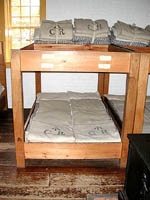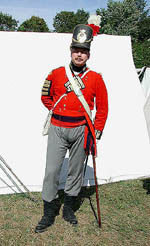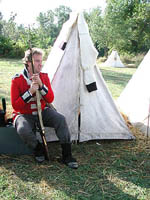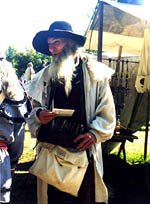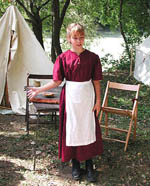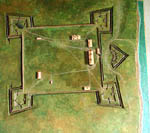At the beginning of the war, there were approximately 250 regular soldiers based at the fort. The garrison was manned by men from the 41st Infantry Regiment. Amherstburg was also a major base for the British Indian Department and had the King's Dockyard, where ships for the upper Great Lakes were built. The Dockyard was also the local base for the Provincial Marine.
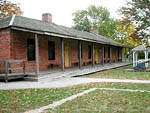
The barracks at Fort Malden
|
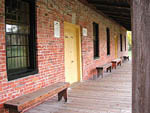
The barracks at Fort Malden |
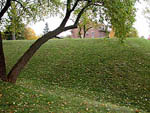
The enbankment around Fort Malden |

The barracks at Fort Malden |
